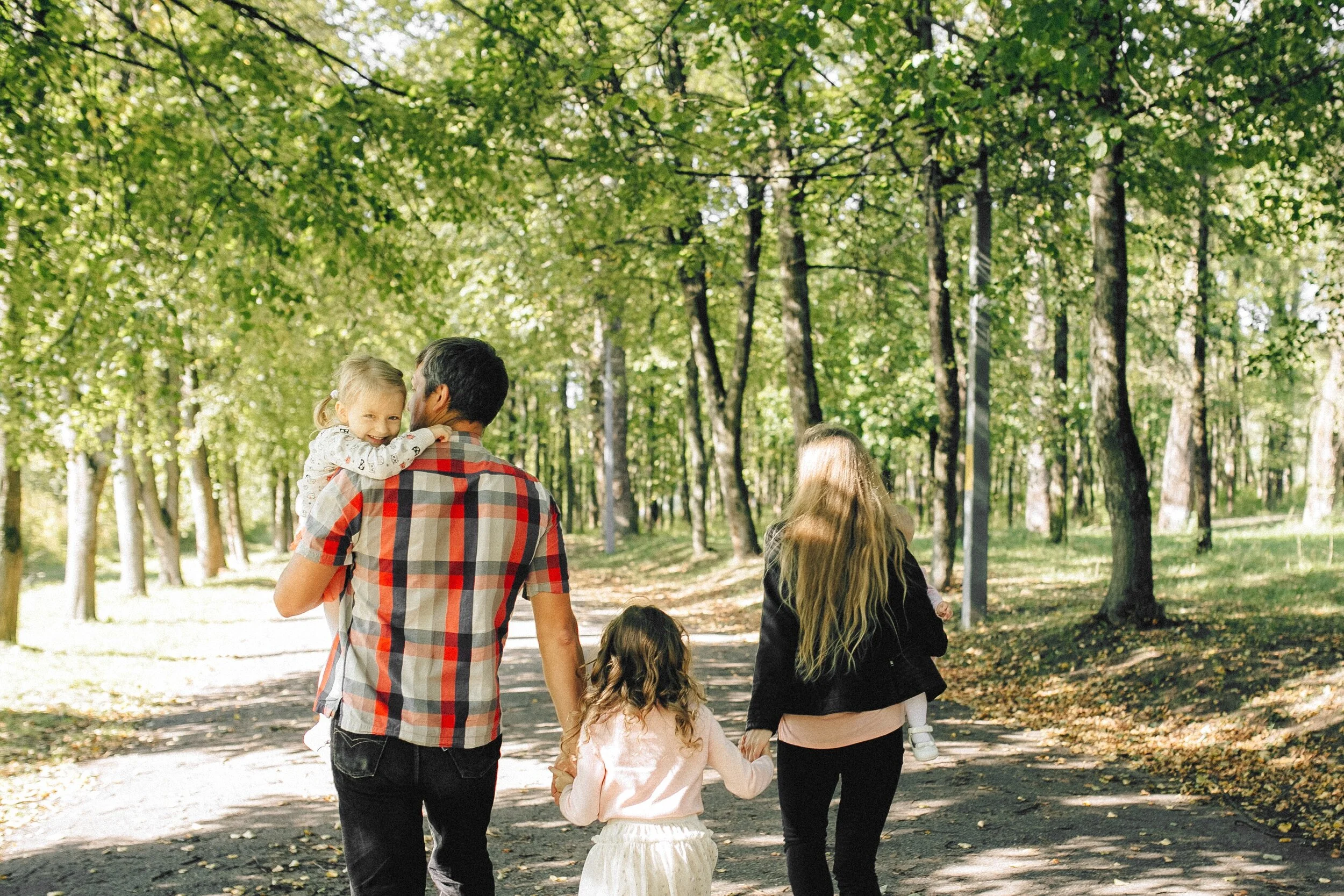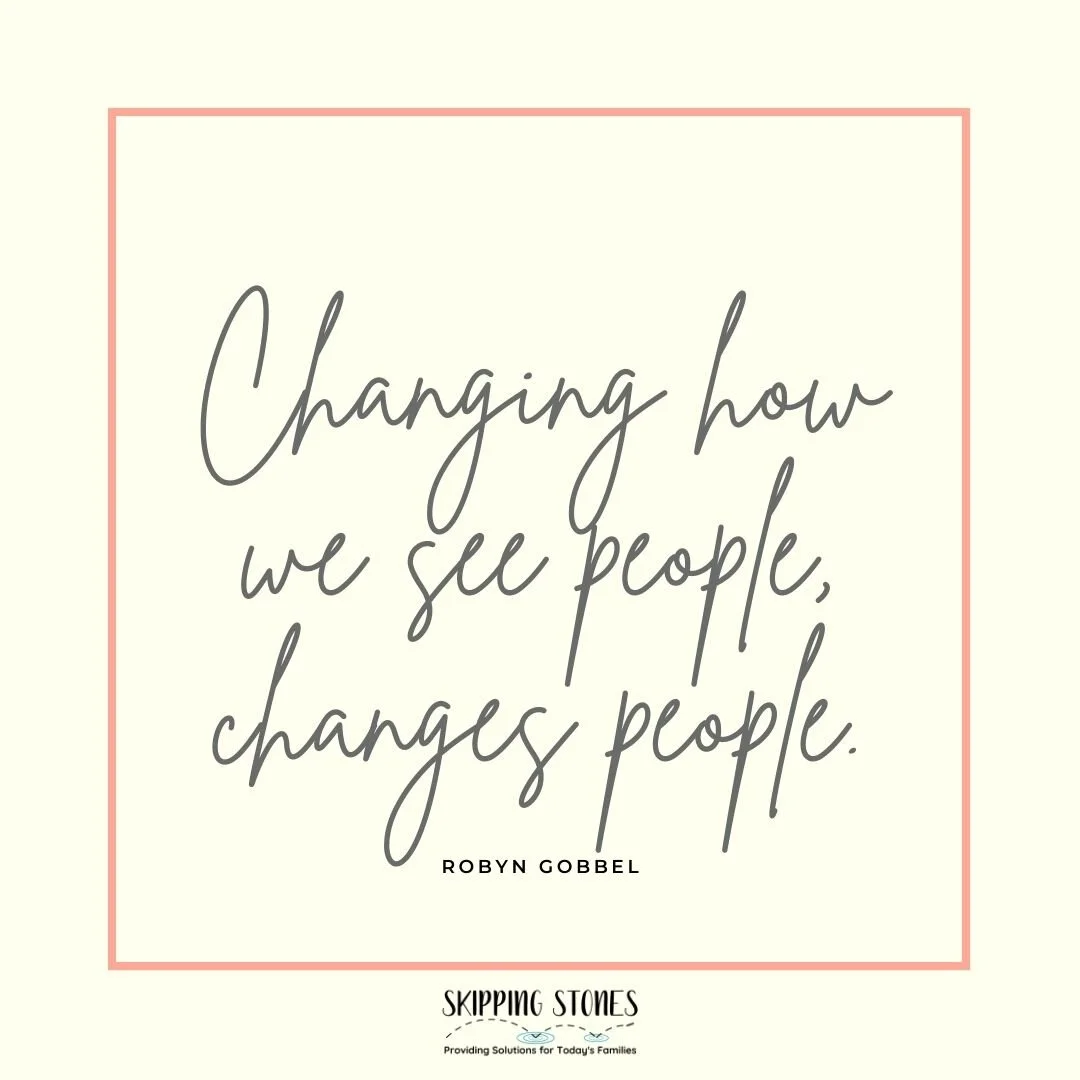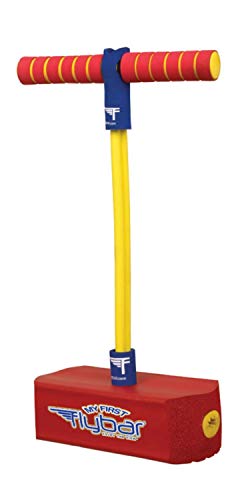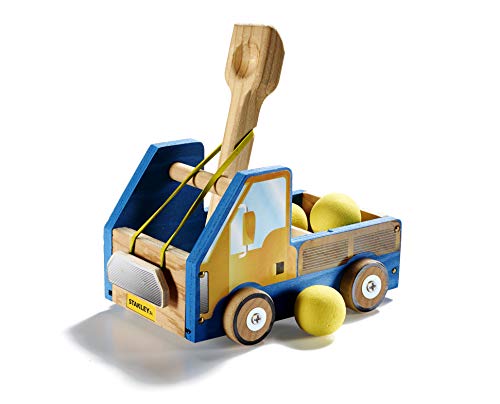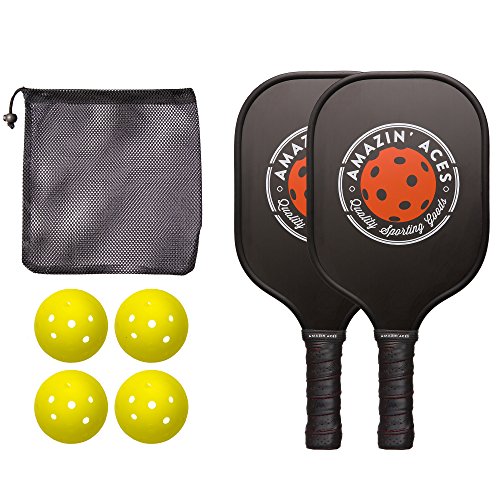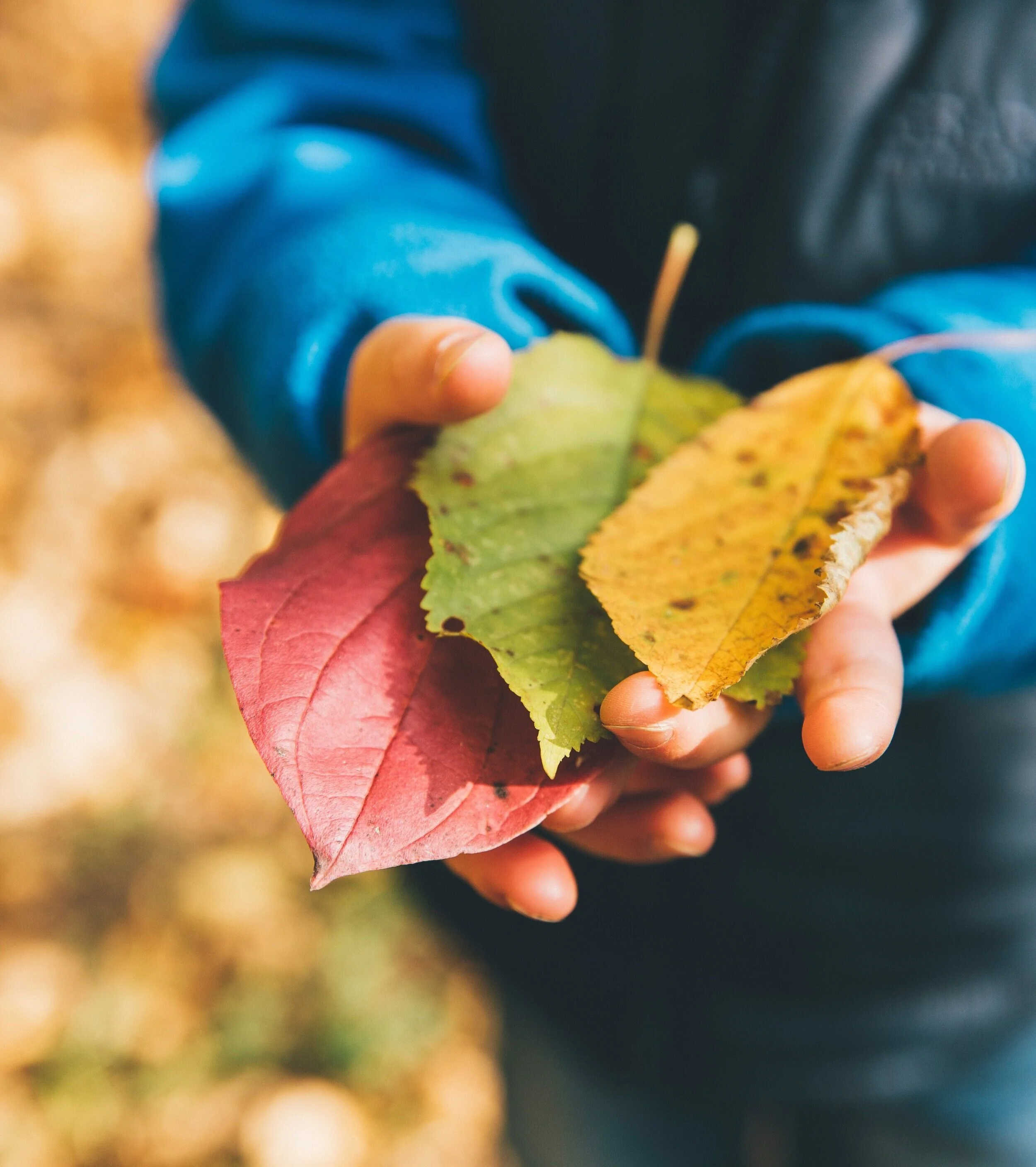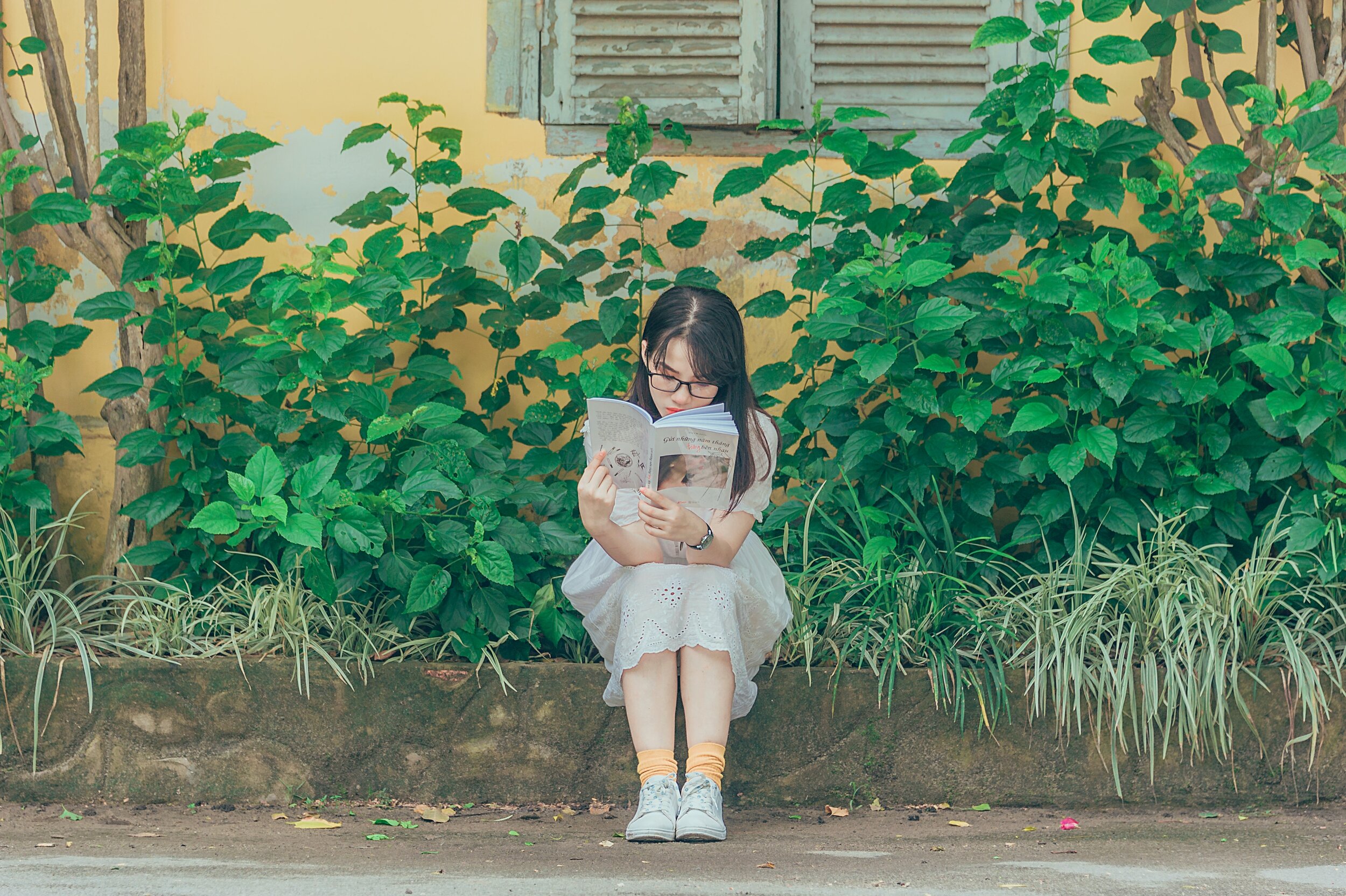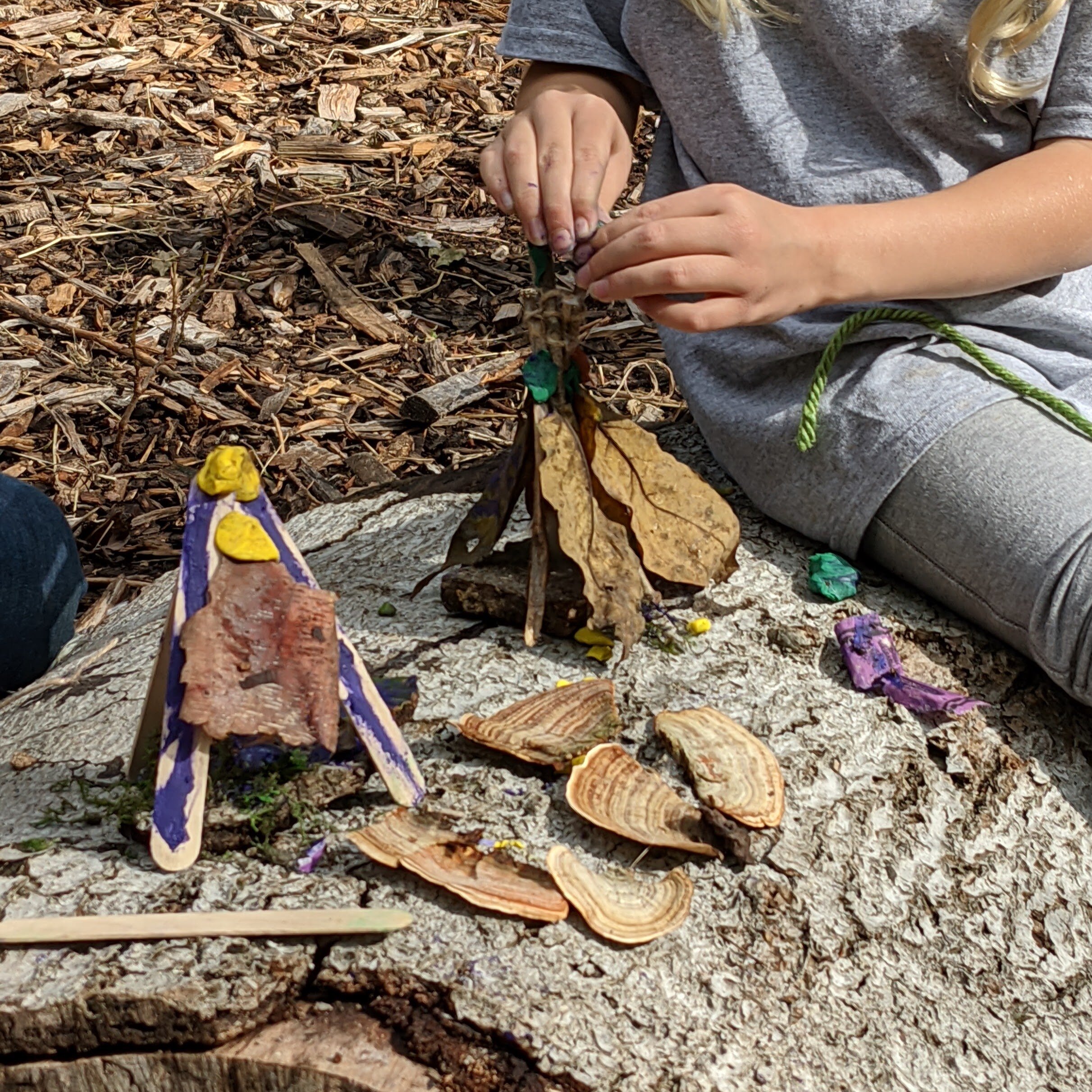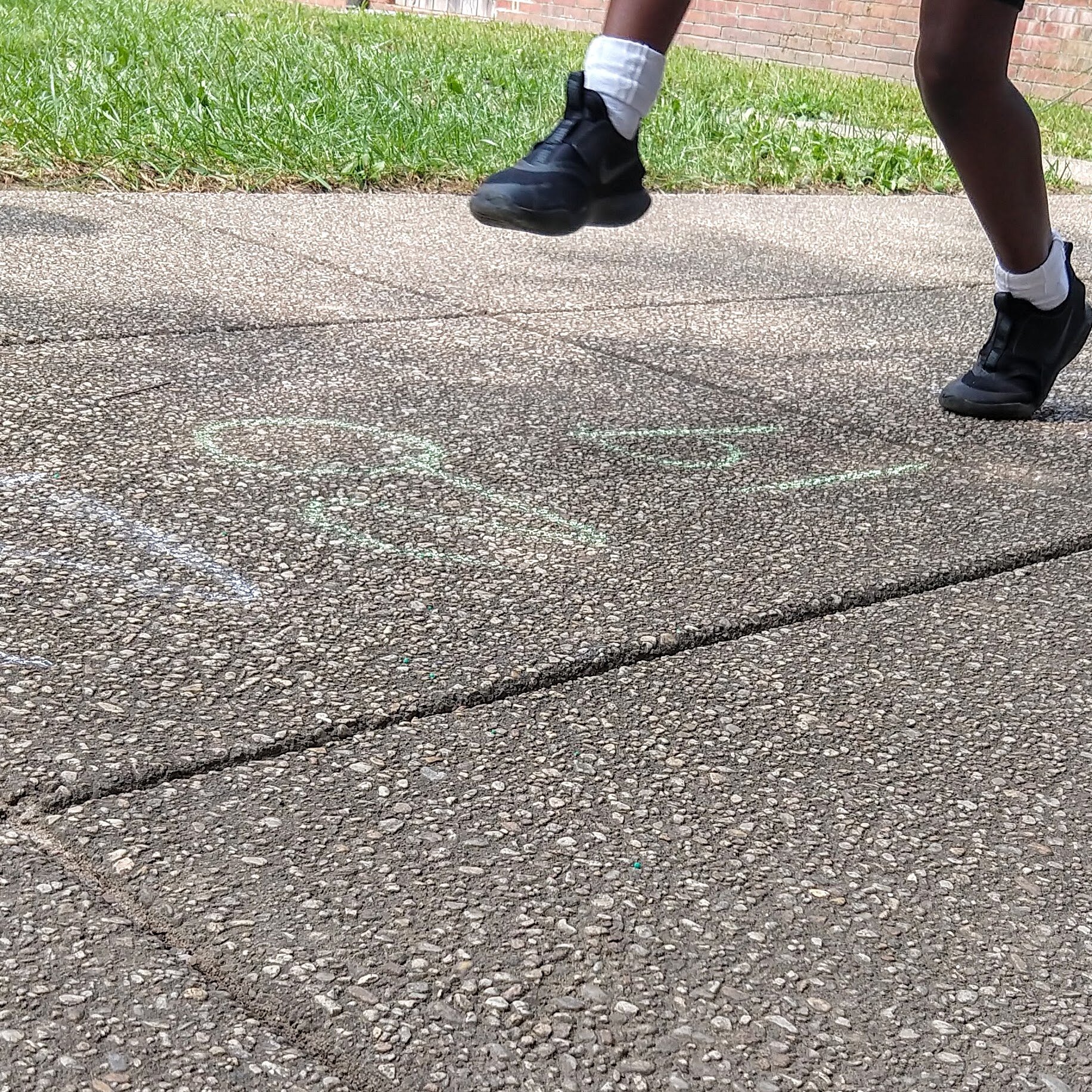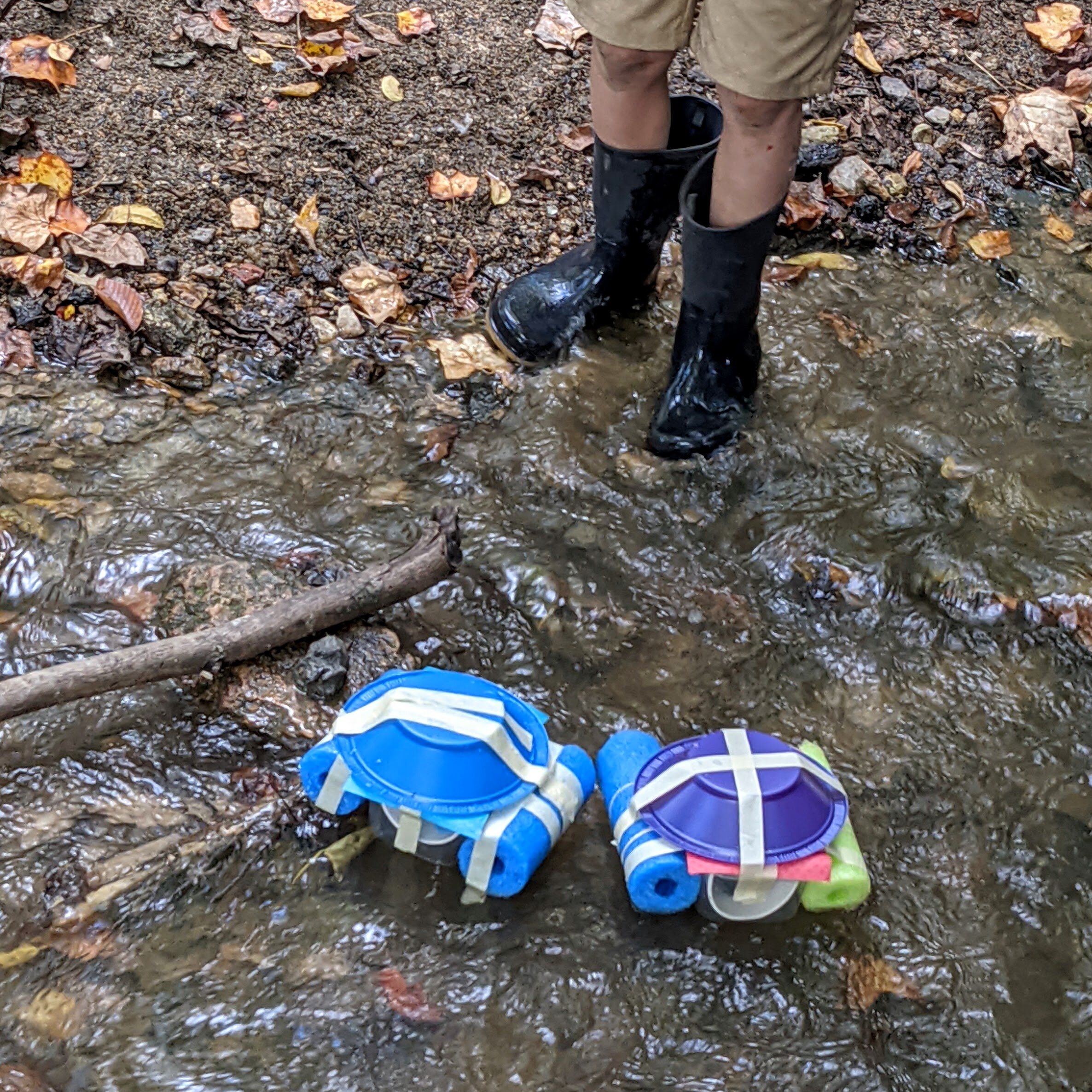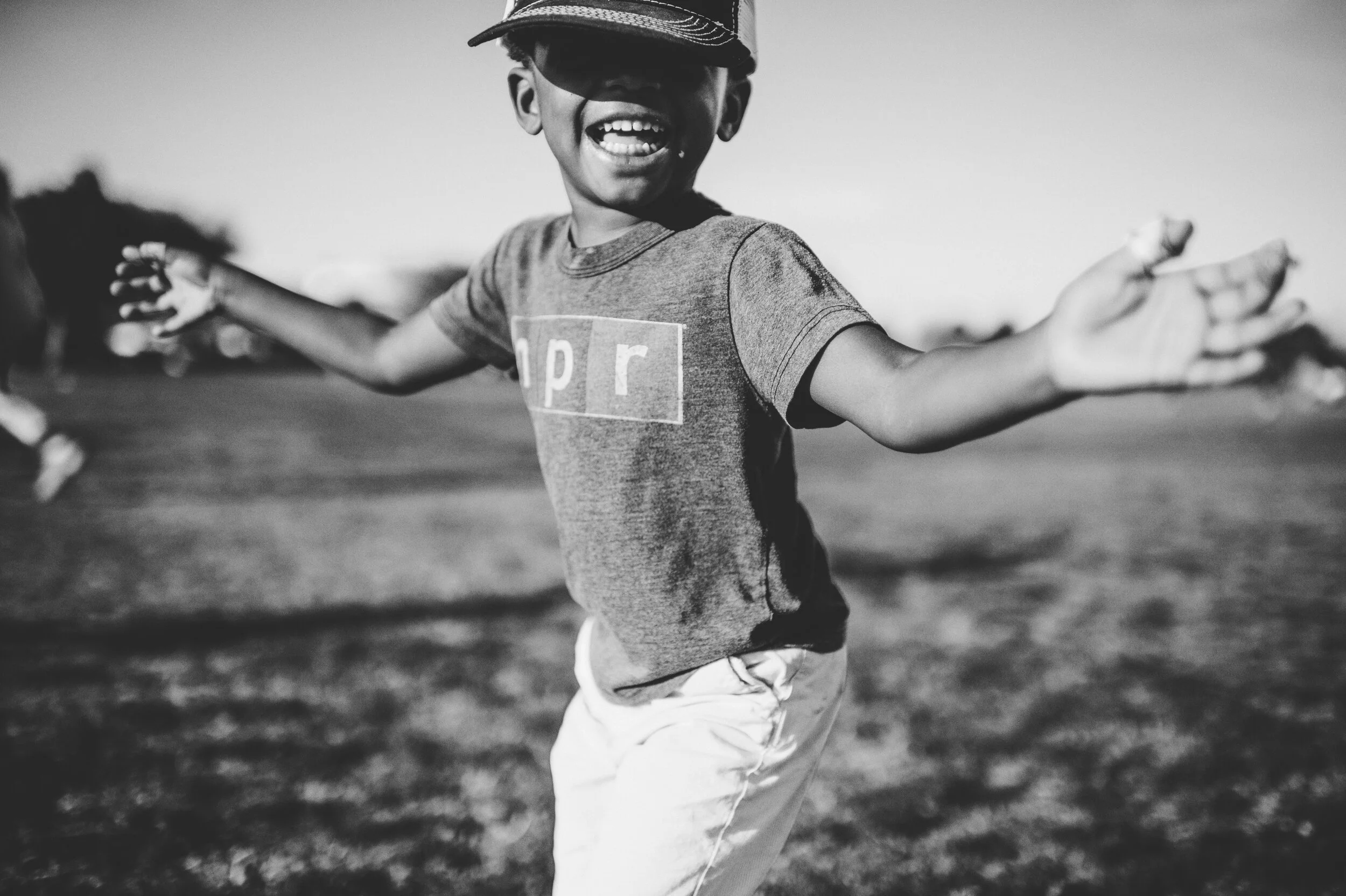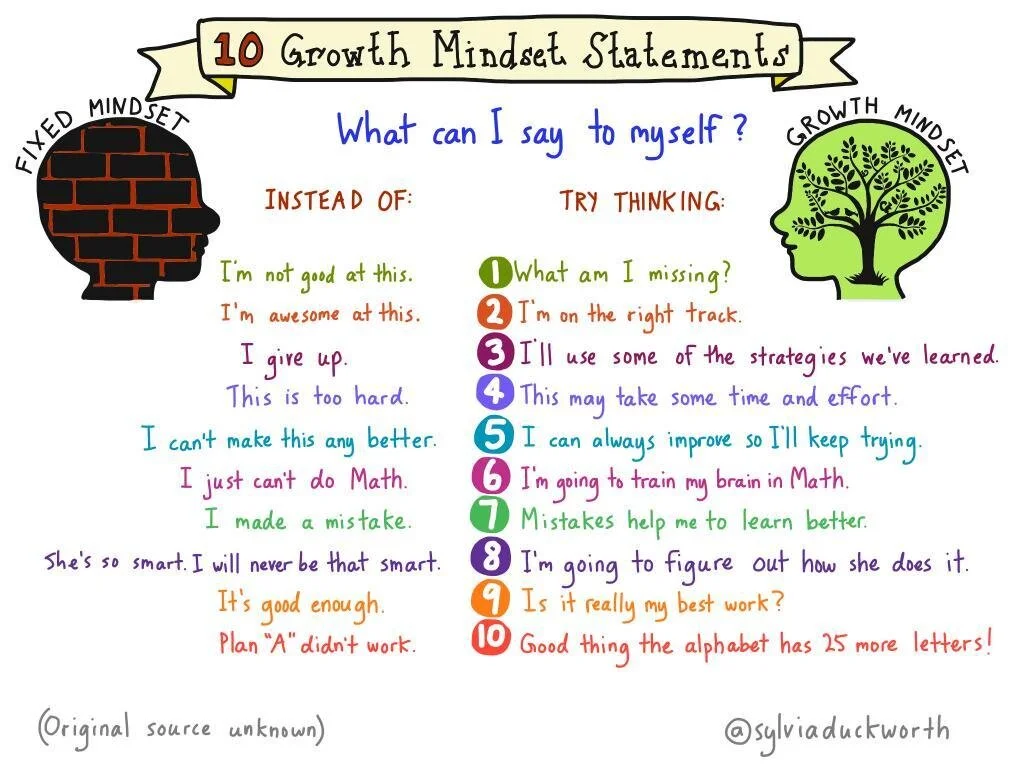Setting up your family for success in 2021
The calendar is freshly turned and we long for something fresh.
Hoping to move on.
Hoping for a new start.
But the reality is that there is no magic that happens at midnight of the new year. We are still in pandemic days. We still have to get supper on the table. Our kids still have meltdowns. We are going to have some good days and some bad days. But the bottom line is - our kids still need us to provide a nurturing environment so they can develop into thriving people. If 2020 taught us anything, it’s that we can’t control everything. But when it comes to our families and our child’s behavior, there are many things we can do to help.
We can take the opportunity of a new calendar year to reflect on the things that we CAN change. If we want to help our children and families thrive, we need to be willing to reflect on where we are and how we can do a better job going forward. Perhaps it means adjusting our attitudes along with our view of our child’s behavior.
There is no doubt that we are living in a difficult season of history. The stress and uncertainty is impacting our own feelings and behaviors, as well as our kids. Many are feeling hopeless. I propose that the best thing we can do for the children of today is to provide them with adequate emotional, social, physical and cognitive support so they can grow into the best versions of themselves. That is the hope of the future.
I wholeheartedly believe that if we rise to the occasion and support children to become confident, resilient, creative people who make the best of their circumstances we can truly make the world a better place.
How do we do that?
We do that by taking a hard look at the influences that impact our children’s:
Nervous systems
Sensory systems
Physical bodies
Behaviors
and how they impact our children’s function.
(This information applies to us as adults, as well.)
Put simply, we need to seek to understand what is going on inside the child, as well as understand the environment surrounding the child (relationships and physical aspects) to better know how we can help them grow and develop.
As parents, we do our best in the moment with the resources we have. This is a no judgement zone. Our children, too, operate to the best of their ability in the moment. This belief truly changed my parenting and my approach as an occupational therapist. For so long behavior has been seen as an outcome of our thoughts. Thankfully, scientific findings now show that behavior is much more than a response to a person’s thinking than it is a response to the state of their nervous system - a much more subconscious response.
The complex interplay of the nervous system and the sensory system, along with the lived experience result in a person’s adaptive response or behavior. Mona Delahooke, child psychologist, likens a child’s behavior to an iceberg, where a child’s behavior (observable response) is what is on the surface but there are many contributing factors hidden from view.
If we combine this perspective with a deeper search for understanding, our families will become places where deep connection is possible. As humans, that is our ultimate goal.
Play therapist, Robyn Gobbel states that, “Regulated, connected children, who feel safe, and know what to do, behave well.” Walking with families to support regulation, connection, felt safety and function is my passion. My hope is that as you see what lies below the surface of your child, you will blossom and grow together as a family.
Whether you are a parent, teacher, therapist or child advocate, I hope you will join with me over the course of the year, as we unpack the intertwined layers of behavior, felt safety and environmental influences in order to help our children and families thrive as we walk through 2021.
Is your child struggling?
Does your home feel chaotic?
Is your child’s teacher frustrated with their behavior in the classroom?
If you live in Maryland, Let me help! As an occupational therapist I can evaluate your child and provide support to your child and family. Click the button below to set up a phone consult or an evaluation.


